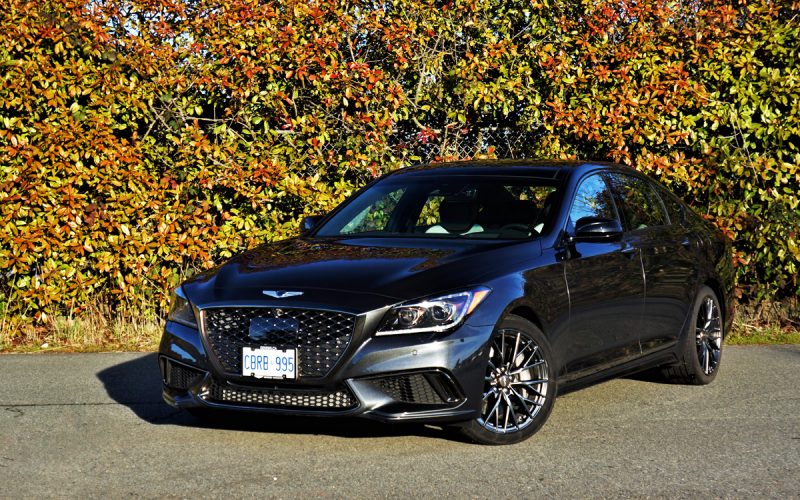
Reading Time: 13 minutesIf you were smart enough to purchase a 2015-2016 Hyundai Genesis Sedan back when it was
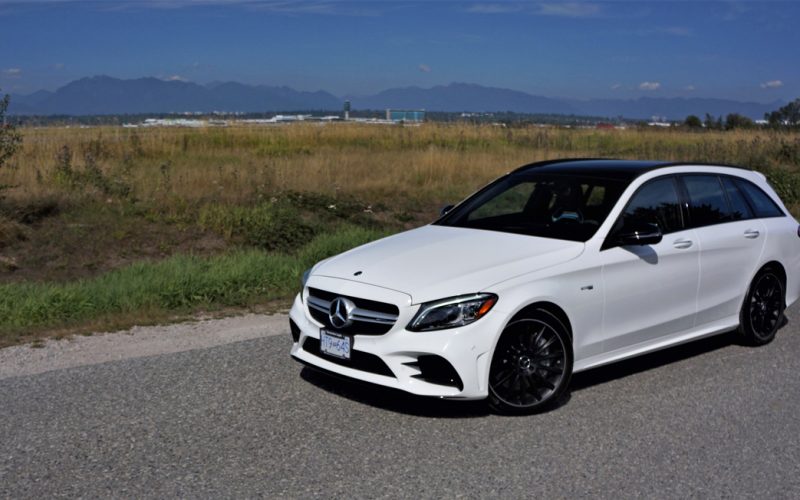
Reading Time: 13 minutesIf you’re old enough to be called a boomer, or if you fall into the early
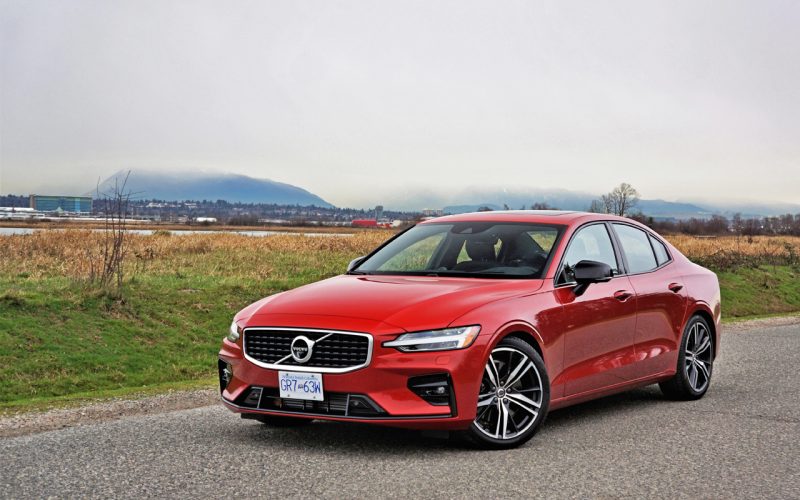
Reading Time: 12 minutesThe compact luxury sedan market segment is a tough nut to crack. It’s more or less
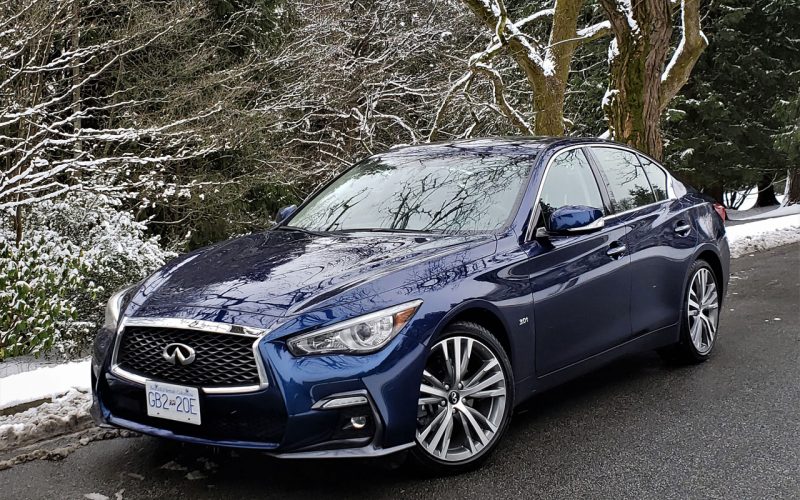
Reading Time: 7 minutesInfiniti gave its only relevant sedan a mid-cycle refresh last year, updating the Q50’s grille, front
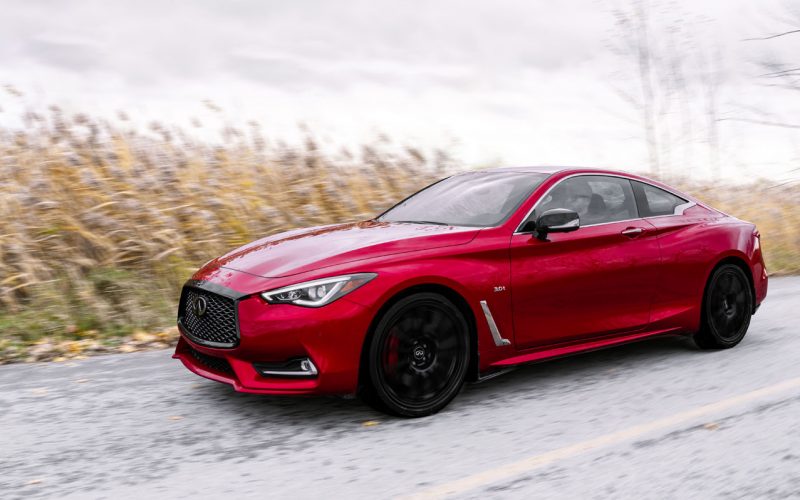
Reading Time: 3 minutesInfiniti showed up at last month’s Salon International de l’Auto de Montréal with a new Canada-exclusive
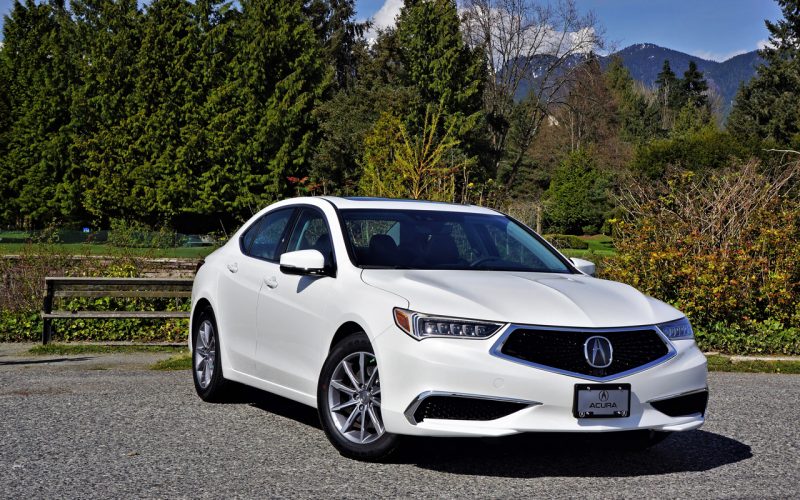
Reading Time: 13 minutesAcura does well in almost every Canadian market segment it competes in. As calendar year 2018
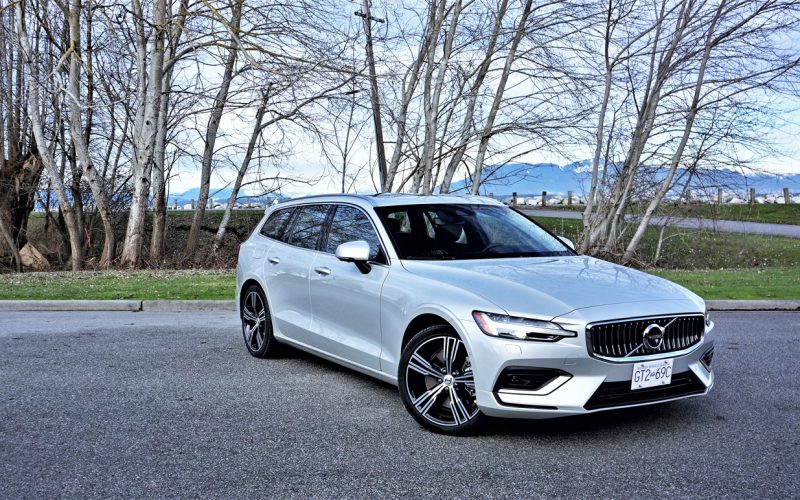
Reading Time: 11 minutesIf you think the auto industry has given up on cars and is only relying on
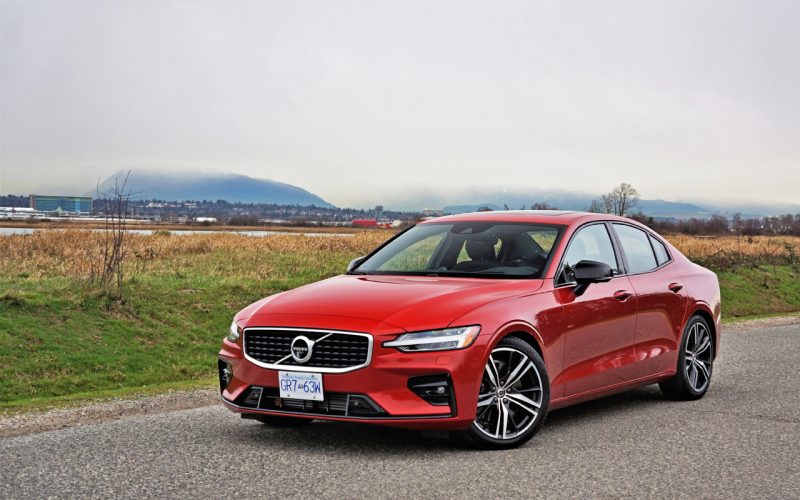
Reading Time: 10 minutesIn our garage this week is the all-new 2019 Volvo S60 in its sportiest R-Design trim.
© 2025 The Car Magazine. All Rights Reserved, Privacy Policy | Terms of Use